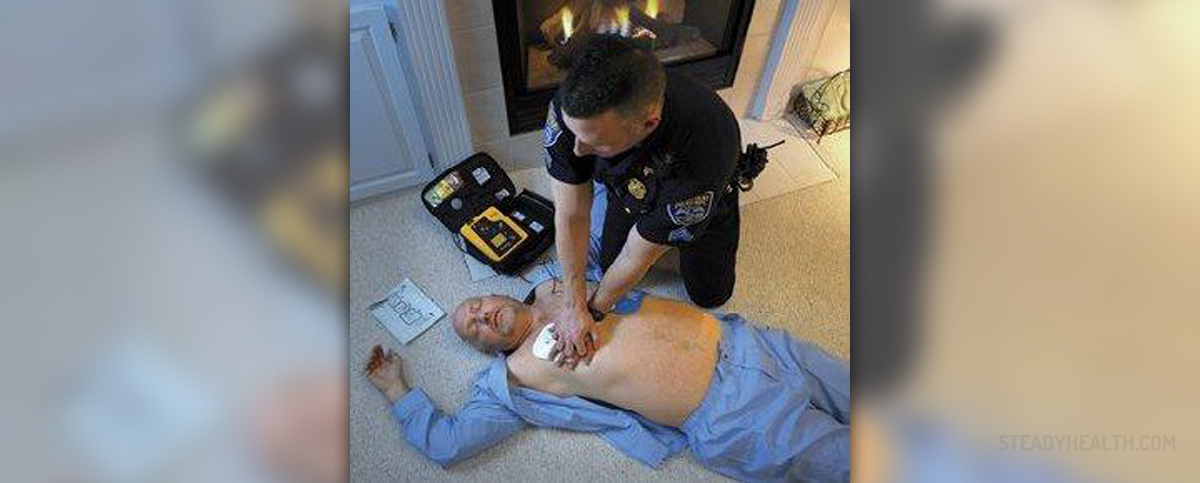
What exactly is sudden cardiac arrest?
Sudden cardiac arrest is also known as cardiac death, and ithappens when the heart stops all of a sudden. With the loss of the heartfunction, the person losses consciousness and breathing stops as well. Thefactors that might cause or contribute to the occurrence of this condition arevarious, but what actually happens in such situations is that the heart’s functionto pump the blood is disrupted due to electrical disturbance, which results instopping of the blood flow to all the parts of the body.
People tend to mistaken this condition for heart attack, butthe difference is huge, since in the case of a heart attack, the blood blow toone part of the heart is blocked. Still, it is not impossible that heart attackprovokes sudden cardiac arrest. Aside from heart attack, various heart issuesand diseases can also provoke sudden cardiac arrest.
How to recognize sudden cardiac arrest and what to do?
The fact is that the symptoms that indicate this condition, whichfrequently has fatal consequences, are drastic and include sudden loss ofconsciousness and collapse. The person in question will not have a pulse, andwill not breathe. However, it is not uncommon that problems such as tiredness,blackouts, dizziness, vomiting, and pain in the chest appear before thesesymptoms, which is why they should not be disregarded, even if the person isnot a part of the risk group. Heart palpitations, abnormal heartbeat and any discomfortin the chest area are definitely serious enough to go and see the doctor assoon as possible. In case the person is unable to go to the doctor, medicalemergency help is of vital importance.
Since consequences are either fatal or permanent, it isnecessary to do everything that is possible in order to help the person who experiencessudden cardiac arrest. This means that besides calling 911, it is highly recommendedto check if person is breathing or not and begin CPR if the breathing is not normal.CPR consists of pushing hard the person’s chest and about 100 compressions in aminute. Rescue breaths should follow every 30th compression, but only if aperson is trained in CPR. This is the only thing that might help the person inquestion until emergency medical help arrives, which is why this should becontinued as long as necessary.


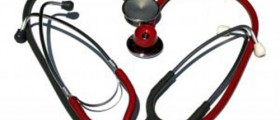
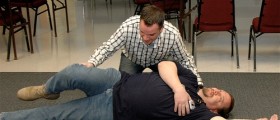

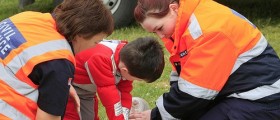
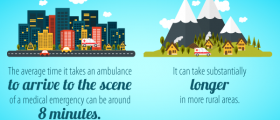

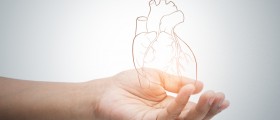


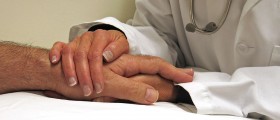
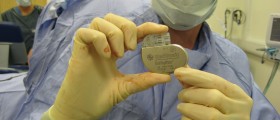



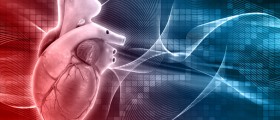
Your thoughts on this
Loading...